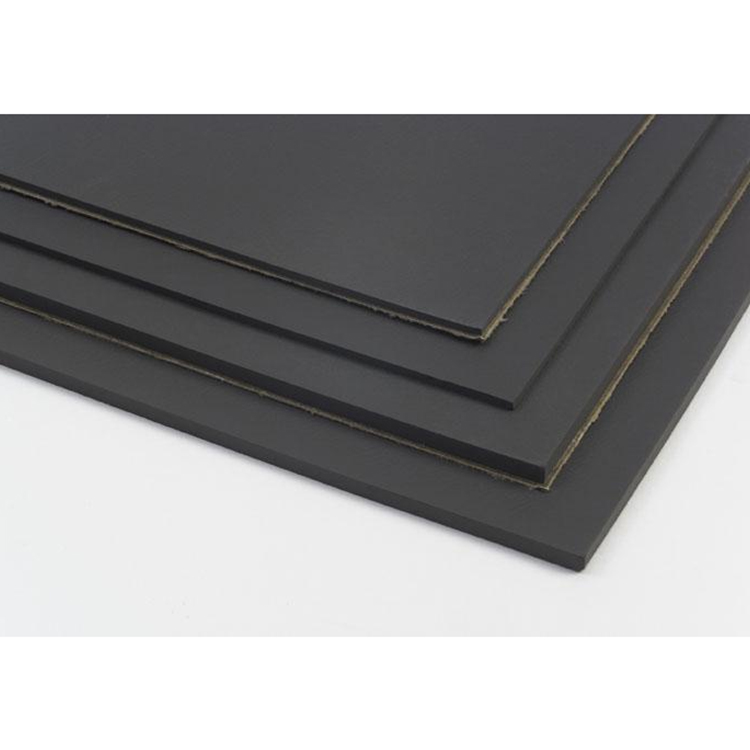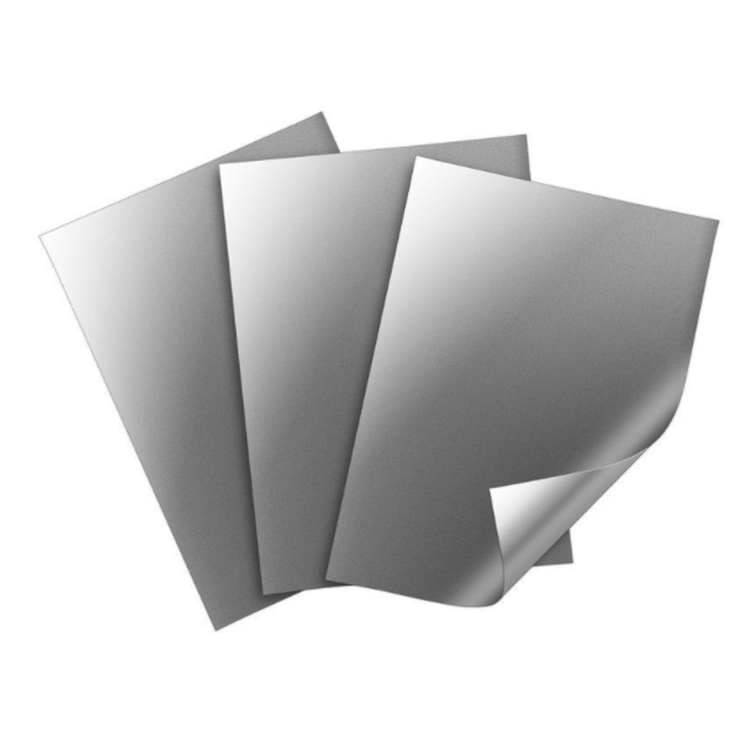Absorbing materialsshape
1. Sharp edged
The absorber used in the microwave anechoic chamber is often made into a wedge shape (golden tower shape), mainly composed of polyurethane foam type, non-woven flame retardant type, silicate plate metal film assembly type, etc. As the frequency decreases (wavelength increases), the length of the absorber also greatly increases. The approximate relationship between a common sharp shaped absorber and L/λ ≈ 1 is that at 100MHz, the sharp length can reach 3000mm, which is not only difficult to achieve in the process, but also greatly reduces the effective available space in the microwave anechoic chamber.
2 single-layer flat plate shape
The earliest absorber developed abroad was a single-layer flat plate shape, while later absorbers were directly attached to a metal shielding layer. They are thin and lightweight, but have a narrow operating frequency range.
3 double-layer or multi-layer flat plate shape
This type of absorber can operate over a wide frequency range and can be made into any shape. If NEC Corporation in Japan uniformly disperses ferrite and metal short fibers in suitable organic polymer resins to make composite materials, the working frequency band can be expanded by 40% to 50%. Its disadvantages are large thickness, complex process, and high cost.
4 coating shapes
On the surface of the aircraft, it can only be used
Coating type absorbent materialTo broaden the frequency band, composite material coatings are generally used. When the thickness of the lithium cadmium ferrite coating is between 2.5mm and 5mm, it can attenuate by 8.5dB in the centimeter wavelength range; When the thickness of spinel ferrite coating is 2.5mm, it can attenuate by 24dB at 9GHz; When the thickness of the ferrite chloroprene rubber coating is between 1.7mm and 2.5mm, the attenuation reaches about 30dB at 5GHz to 10GHz.
5 Structural forms
support
Absorbent materialIncorporating engineering plastics to give them both absorption properties and load-bearing capacity is a direction for the development of absorbent materials. In recent years, in order to further improve the performance of absorbent materials, several complex shape combinations of absorbers have been developed abroad. The microwave anechoic chamber made of this type of absorption system used in Japan has a performance of 136MHz and 25dB; 300MHz,30dB; 500MHz,40dB; 1GHz to 40GHz, 45dB.






